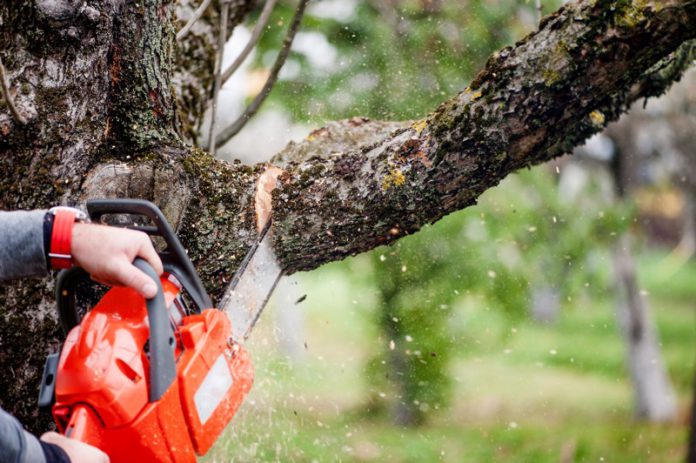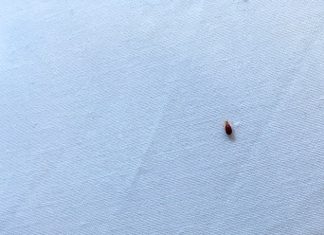If you’re like most homeowners, you probably don’t think about how much of your tree you can cut without killing it. But, if you’re planning to do some tree trimming this year, it’s essential to know the answer to that question. The following article contains some tips on how to trim your trees safely and effectively. We’ll also discuss how much of a tree you can cut without damaging or killing it and whether you need an arborist’s help.
How Much You Can Cut a Tree
If you want a quick answer, this is it: it depends on the tree. In general, provided that a tree is healthy and has plenty of leaves, you can remove up to 30-33% of its branches without harming it. But if the tree is unhealthy or has few leaves, you should only remove a few branches at most. Removing too many branches can weaken the tree and make it more susceptible to disease and pests.
When pruning a tree, always use sharp pruning shears and make clean cuts that are angled away from the trunk. Remove broken or dead branches first, then thin out the inner canopy to allow air and sunlight to reach the lower branches. Never use a chainsaw to prune trees—it can damage the bark and seriously injure or kill the branch itself.
If a tree experiences regrowth after having its branches cut, it will do so with smaller leaves that will be less efficient at capturing sunlight and converting it into energy. This can result in less growth and aesthetics for your property. Additionally, if there are too many cuts made to a young tree’s branches, it can stunt the overall growth of the tree.
How Do Trees React to Being Cut?
When branches are cut from a tree, the tree reacts in a few ways. First, the tree will begin to grow new branches more quickly to compensate for the lost ones. Depending on how much of the tree was pruned, this growth can be extensive. The tree may also produce denser foliage around it in an attempt to protect the remaining parts of the tree from pests and diseases. It may also produce more cones or seeds in order to reproduce sooner.
Cutting Near the Canopy
Generally speaking, you can remove up to 30% of a tree’s canopy without causing long-term damage or killing the tree. If you are removing more than 30% of the canopy, it’s best to consult with a certified arborist to ensure that you are not damaging the tree beyond its ability to recover.
The size of the tree, the species of the tree, and the health of the tree all matter. As a general rule of thumb, you should never remove more than 1/3 of the living branches from a tree. If you need to remove more than that, it’s best to consult with a certified arborist.
How Do Arborists Decide Where & When to Cut?
When pruning, always clean your cuts at a 45-degree angle above a bud or side branch. Avoid cutting flush with the trunk as this can damage the bark and cause disease. And never top a tree! Topping is when you cut off all of the branches on one side of the tree to create a “flat-top” look. This is highly damaging to most trees.
Depending on the tree species, you can cut anywhere from 25% to 75% of the tree’s crown without killing it. However, you should never cut more than three-quarters of the tree’s crown, or you may risk damaging the tree and causing it to die.
When pruning a tree, it’s vital to keep in mind that trees need foliage to produce food and grow healthy. To maintain a healthy tree, certified arborists recommend no more than 25% – 33% of the total leaf surface area be removed in any one year. Pruning larger branches (>3 inch diameter) too much at one time can result in heavy bleeding, which delays healing and leaves a large wound.
Trees are a vital part of our environment and often go unnoticed until they’re removed. But how much of a tree you can cut without killing really depends on so many obscure factors. One involves the size or species of tree that is more resilient to being trimmed, but your certified arborist can make the call for you. ISA certification and membership are absolutely essential for keeping up with industry research and providing expertise to the public.















